Audit your LinkedIn profile & boost your presence
An effective LinkedIn profile is a great way to expand your professional network, connect with thought leaders, and get noticed by prospective employers. Whichever your purpose, here are 11 specific ways to make your LinkedIn profile the very best it can be, starting from the first impression.
1. Connect with the right people
Connections aren’t only useful for networking, they can also strengthen your profile. The more you have, the more likely you’ll have connections in common with a potential employer, adding to your credibility. After you’ve created your LinkedIn profile, identify and pursue connections that will add to your standing, and avoid connecting with people who aren’t relevant to your industry and role.
2. Choose an appropriate photo
A picture tells a thousand words, so make sure your profile picture sends the right message. Avoid cropping a photo from your friend’s wedding or other social occasion – take a moment to take a professional photo specifically for your LinkedIn profile.
3. Include a great tagline and summary
As with a CV, people will make a quick assessment of your profile. Stand out from the crowd by creating a personal tagline (which appears directly under your name) and a meaningful summary section. Engage and intrigue people so they keep reading.
4. Ensure your details and skills are complete and up to date
Take the time to ensure your LinkedIn profile is complete (LinkedIn are great at prompting you on this). Once it’s complete, check in on it every month or so to make sure all the information is accurate and up to date by including any relevant additional information to your current position and adding new hard skills and soft skills when appropriate.
5. Get recommended
LinkedIn recommendations are a great way to validate your experience, increase credibility and boost your Google ranking. Ask relevant, professional connections to recommend you to strengthen your profile – this is one of our top LinkedIn profile tips.
And you should pay it forward by giving recommendations to others as well.
6. Skills & Endorsements
Your connections can endorse you for specific skills that you've listed on your profile. LinkedIn will highlight whether you’ve been endorsed specifically by others who are highly skilled in the skill you’ve added. If you are looking to get more endorsements, I’d recommend endorsing your friends and contacts and then asking if they might be up for doing the same.
7. Be active
Once you’ve built out your connections, be sure to engage with them. Like their content, share it and add your own commentary. Not only will this bring people to your profile, it will allow you to further strengthen your brand and establish your thought leadership by writing and sharing original, relevant content.
8. Make sure your profile aligns with your CV
Be sure the professional experience (job titles, dates of employment etc) listed on LinkedIn aligns with the information you’ve used to create your resume. Any misalignment may create confusion or, worse, scepticism about your employment history.
9. Avoid buzzwords
When it comes to creating your LinkedIn profile, words like ‘ninja’, ‘guru’ and ‘champion’ should definitely be avoided. These are hyperbolic and damage your credibility, rather than build it.
10. Explain your experience
Avoid simply listing the company and job title – this doesn’t do your experience justice. Instead, provide a one sentence description of what the company does, plus an overview of your key responsibilities in the role. Where appropriate, include details of significant projects you’ve worked on.
11. Be true to your real brand
Your LinkedIn profile should amplify your actual brand, not define it. Make sure you’re authentic to yourself in the language you use and the message you convey, to give the reader an insight into who you genuinely are. Ask a colleague to review your profile and see if they believe it’s an accurate representation of you.
Give consideration to your profile on other social media platforms
While LinkedIn remains the most prominent social media platform for professional networking, your profile on other sites such as Twitter, Facebook and Instagram will also influence your digital footprint. While you may use these sites for personal (rather than professional) networking, make sure your profiles are complementary to the digital brand you’re presenting on professional networking sites, like LinkedIn. We’d also encourage you to set your privacy settings to be appropriate to the content you’re sharing – for instance, if you’re using Instagram for social networking with family and friends, there’s no need to have it accessible to the public.





